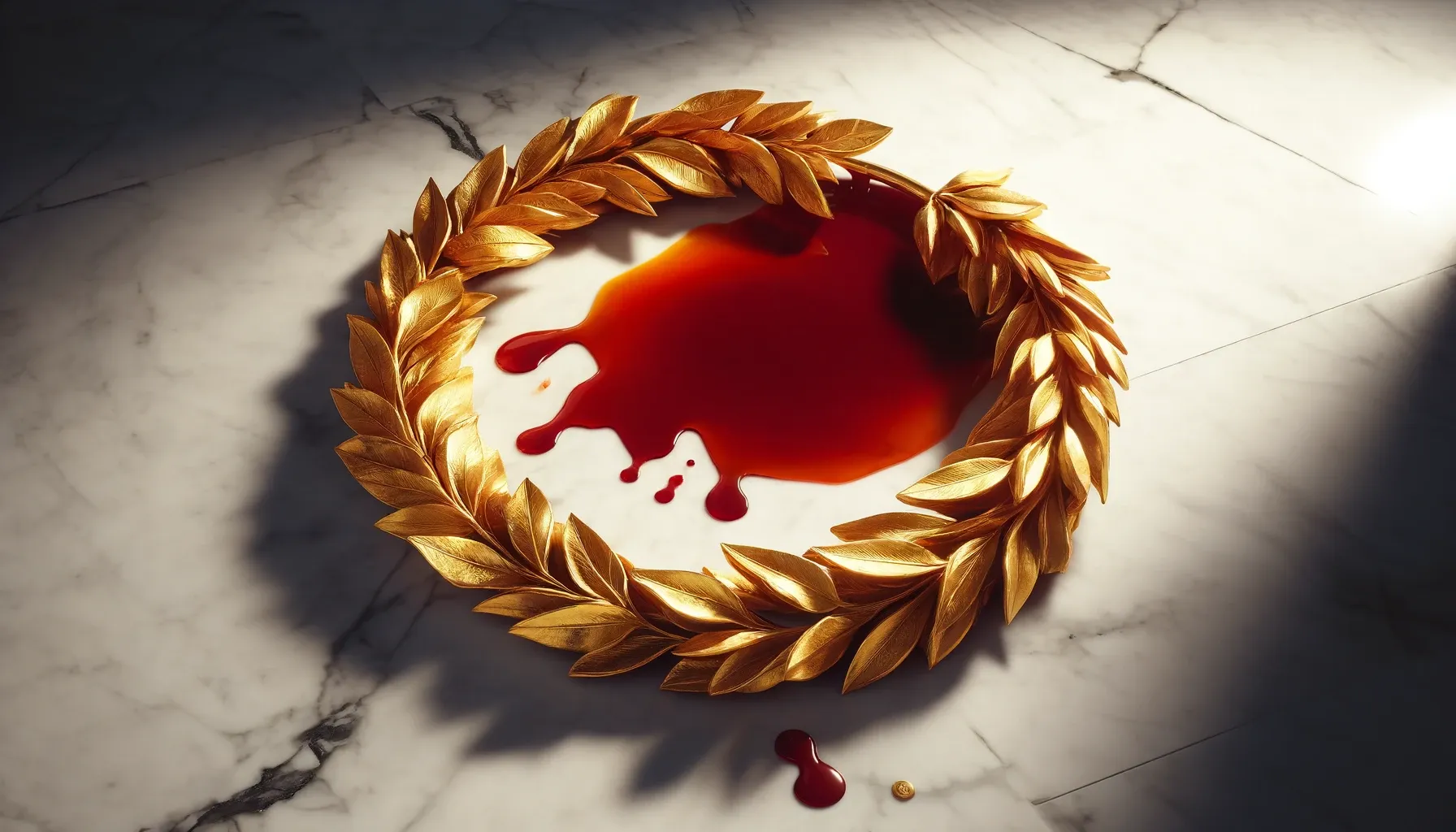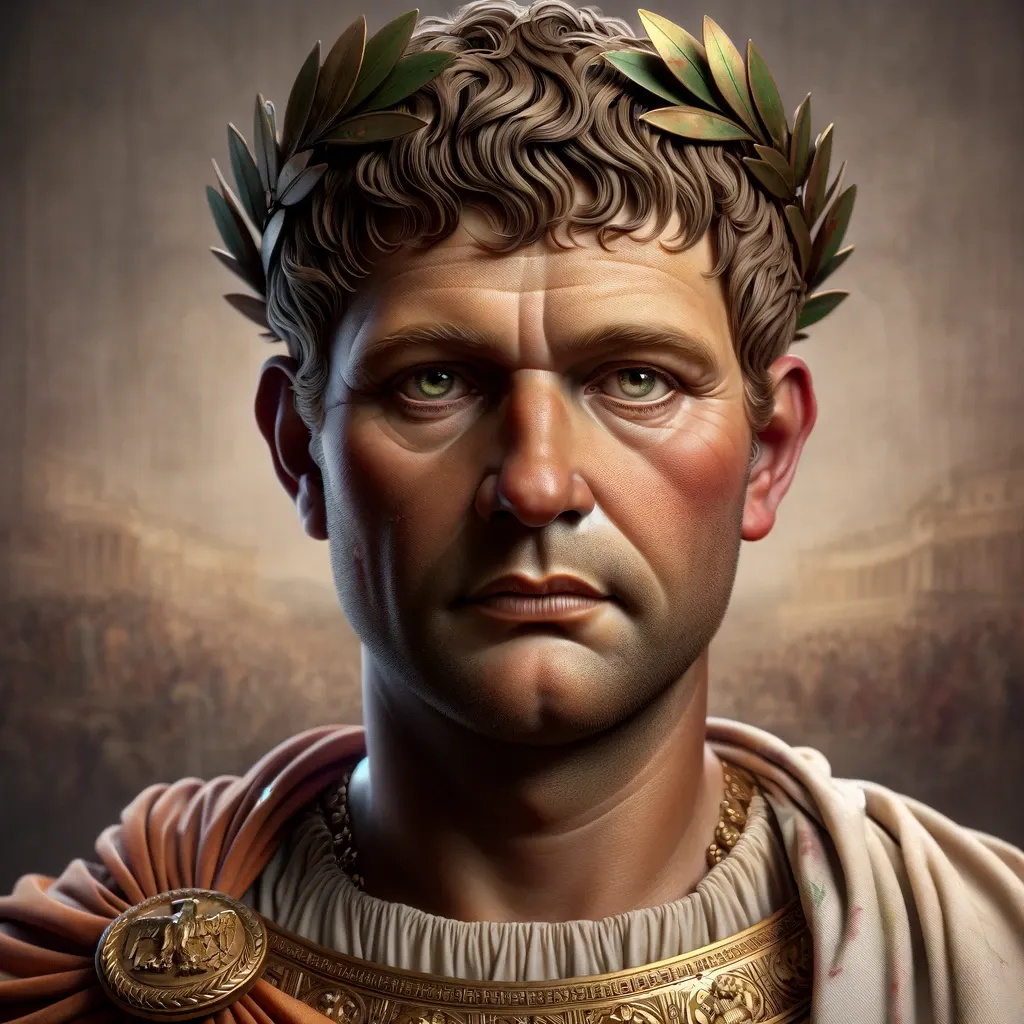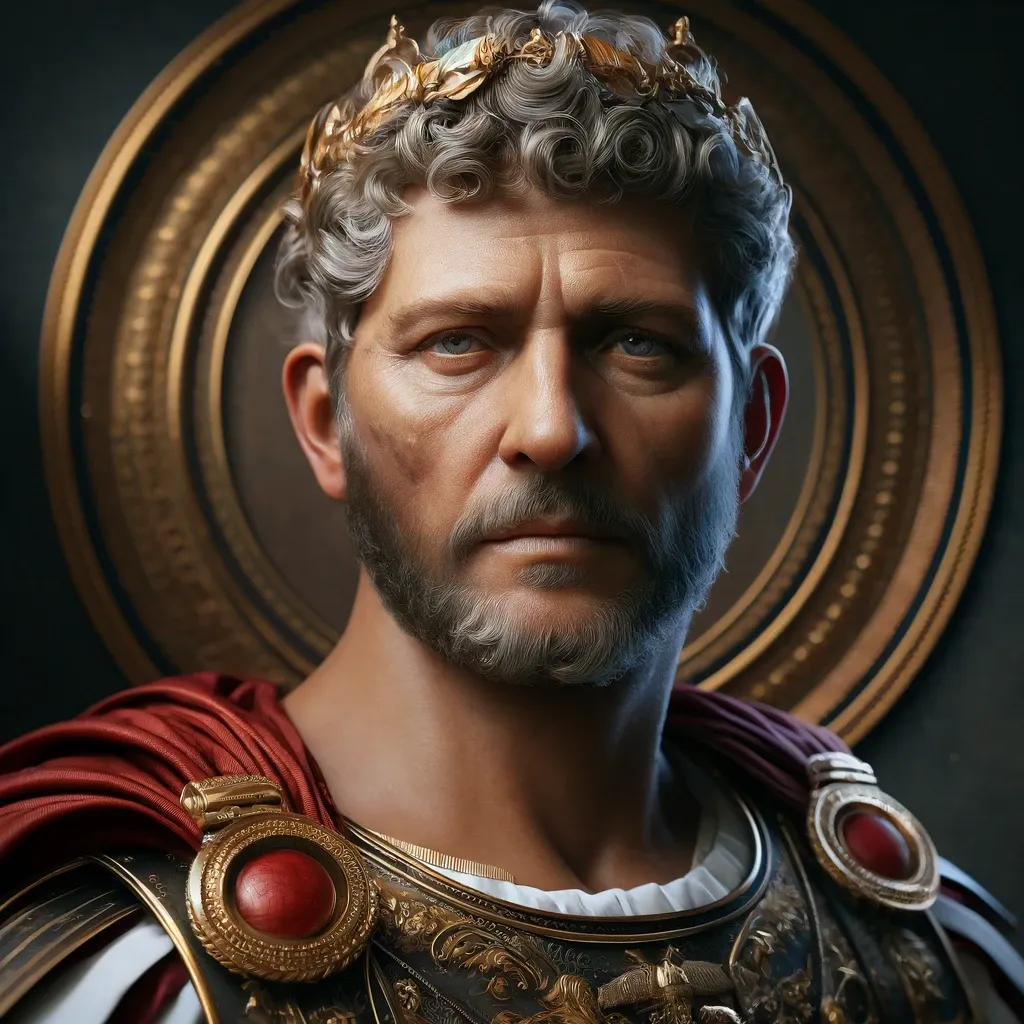The Shadow of the Dagger: Assassinations of Roman Emperors
Throughout the Roman Empire's history, numerous emperors met their end not in battle or from natural causes but by the hands of assassins.

The Roman Empire, a beacon of power and civilization, was also a realm where the shadow of conspiracy loomed large. Throughout its history, numerous emperors met their end not in battle or from natural causes but by the hands of assassins. These acts of regicide were motivated by a mix of personal vendetta, political intrigue, and the quest for power.
What similarity existed between a Roman emperor and a gladiator? Surprisingly, a gladiator stood a greater chance of surviving a battle than an emperor did of escaping a violent demise.
Popular perception often paints Roman emperors as figures of opulence, tyranny, and excess, and to some extent, these views are justified. However, a critical aspect frequently overlooked is the inherent peril of the imperial position itself. Among the 69 leaders who reigned over the unified Roman Empire from Augustus (died 14 CE) to Theodosius (died 395 CE), a staggering 55,9% met their end through violence; assassination, which was the most common, suicide, or during combat with some foreign enemy.
This high risk of violent demise has been acknowledged historically, albeit more in qualitative than quantitative terms. Yet, what remains unexplored and undiscussed is the specific duration of time Roman emperors spent in power before meeting their violent fates.

The likelihood of a Roman emperor avoiding a violent end was akin to engaging in a perilous game of Russian roulette, using a six-chambered revolver loaded with four bullets.
The Fate of the Caesars: A Chronicle of Imperial Bloodshed
Rome, believed to have been founded in 753 BC, initially functioned as a city-state under monarchical rule for around two hundred years. By 509 BC, a transition to a republic occurred, featuring a governance structure led by a Senate and two annually elected consuls.
However, as Rome's dominion expanded, the republican form of governance proved inadequate. Consequently, in 27 BC, Augustus ascended as Rome's inaugural emperor, heralding the beginning of the Imperial era. This period lasted until 476 AD when Romulus Augustulus, the last emperor of the Western Roman Empire, was dethroned by Germanic forces. From 27 B C until 476 AD, 77 emperors ruled the Empire.
In the early Empire, (27 BC-AD 193), 220 years, the empire had 18 emperors with an average age of death 53,4 years and an average period of rule, 12,7 years.
In the late Empire, (193-476) 183 years, the empire was ruled by 59 emperors with an average age of death 46 years and an average period of rule, 7,8 years.
Edward Gibson, on his first volume of the Decline and Fall of the Roman Empire (1776) writes about emperor Aurelian (ruled from 270 to 275 CE) :
“Such was the unhappy condition of the Roman emperors, that, whatever might be their conduct, their fate was commonly the same. A life of pleasure or virtue, of severity or mildness, of indolence or glory, alike led to an untimely grave; and almost every reign is closed by the same disgusting repetition of treason and murder”
He then added, “the Roman senators heard, without surprise, that another emperor had been assassinated in his camp”.

The most famous Roman Emperor assassinations
1. Julius Caesar (44 BCE) - The Ides of March
Though not an emperor in title, Julius Caesar's assassination marked the beginning of the end for the Roman Republic. On March 15, 44 BCE, a group of senators, led by Brutus and Cassius, stabbed Caesar to death. Motivated by fear of Caesar's rising power and the potential end of the Republic, his assassination ironically hastened the rise of the Roman Empire under his adopted heir, Augustus.
2. Caligula (41 AD) - Madness Ends
Gaius Caesar, known as Caligula, was assassinated by officers of the Praetorian Guard, led by Cassius Chaerea. Caligula's eccentric and tyrannical behavior had alienated the Senate, the military, and even his own guard. His death was the culmination of a conspiracy involving senators and the Praetorian Guard, eager to end his unpredictable rule.
3. Nero (68 AD) - The Final Act
The last of the Julio-Claudian dynasty, Nero's reign ended with his forced suicide, albeit under the threat of execution by the Senate. His downfall was precipitated by a military revolt led by Galba and the loss of Senate and guard support, driven by his oppressive rule and the disastrous Great Fire of Rome, for which he unfairly blamed Christians.
4. Domitian (96 AD) - A Palace Conspiracy
Domitian was assassinated in a palace conspiracy involving officials close to him, including a steward and a Praetorian Guard prefect. His authoritarian rule and the fear he instilled in the Senate made his death a relief to many, allowing for the ushering in of the more benevolent Nerva-Antonine dynasty.
5. Commodus (192 AD) - Strangled Ambitions
The son of Marcus Aurelius, Commodus's assassination was orchestrated by a conspiracy involving his mistress and the Praetorian Prefect. Narcissus, a wrestler, strangled him in his bath, ending the reign of an emperor who fancied himself as Hercules and increasingly indulged in gladiatorial combat.
A list of assassinated Roman Emperors
Julius Caesar
Year of Death: 44 BCE, Age: 55, Way of Death: Stabbed, Name of Assassin: Led by Brutus and Cassius among others (Senatorial conspirators)
Age: 55
Way of Death: Stabbed
Name of Assassin: Led by Brutus and Cassius among others (Senatorial conspirators)
Caligula (Gaius Julius Caesar Augustus Germanicus)
Age: 28
Way of Death: Stabbed
Name of Assassin: Cassius Chaerea (Praetorian Guard)
Galba (Servius Sulpicius Galba)
Age: 72
Way of Death: Beheaded
Name of Assassin: Soldiers of the Praetorian Guard, during the Year of the Four Emperors
Vitellius (Aulus Vitellius Germanicus Augustus)
Age: 54
Way of Death: Executed (mob violence followed by beheading)
Name of Assassin: Supporters of Vespasian
Domitian (Titus Flavius Domitianus)
Age: 44
Way of Death: Stabbed
Name of Assassin: Court officials, including a steward named Stephanus
Commodus (Lucius Aurelius Commodus)
Age: 31
Way of Death: Strangled
Name of Assassin: Narcissus (a wrestling partner)
Caracalla (Marcus Aurelius Severus Antoninus Augustus)
Age: 29
Way of Death: Stabbed
Name of Assassin: Julius Martialis, a soldier, possibly under orders from Macrinus
Geta (Publius Septimius Geta Augustus)
Age: 22
Way of Death: Murdered
Name of Assassin: Caracalla (his brother) and centurions
Elagabalus (Marcus Aurelius Antoninus)
Age: 18
Way of Death: Murdered
Name of Assassin: Praetorian Guard
Pertinax (Publius Helvius Pertinax Augustus)
Age: 66
Way of Death: Murdered
Name of Assassin: Soldiers of the Praetorian Guard
Dear reader, please note that historical records, especially regarding the assassins' identities and the exact circumstances of each emperor's death, can vary. This list includes a mix of direct assassinations and instances where the emperor was forced into a situation leading to their death (like forced suicide under threat).









About the Roman Empire Times
See all the latest news for the Roman Empire, ancient Roman historical facts, anecdotes from Roman Times and stories from the Empire at romanempiretimes.com. Contact our newsroom to report an update or send your story, photos and videos. Follow RET on Google News, Flipboard and subscribe here to our daily email.
Follow the Roman Empire Times on social media: